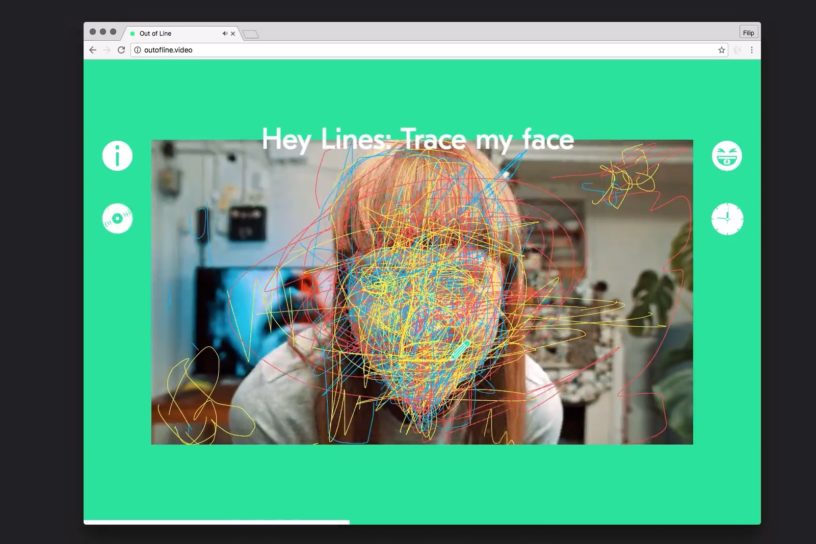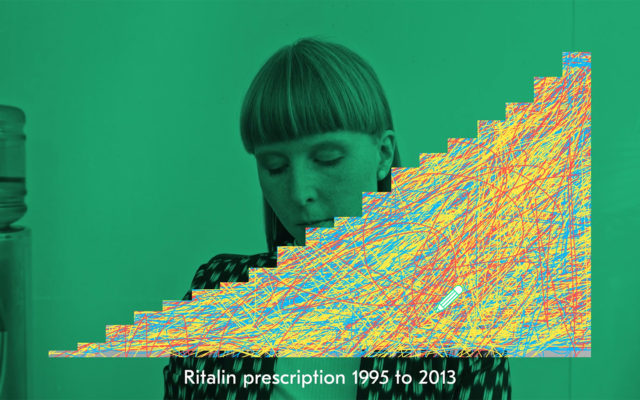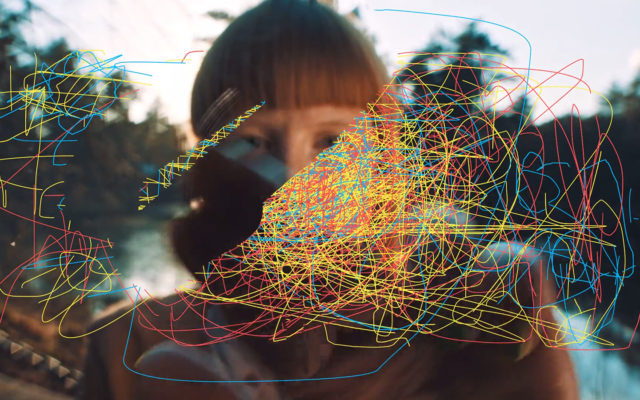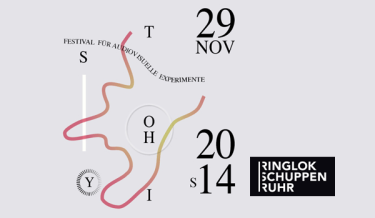Related post
“Uncanny Valley” by Federico Heller
Dec 10, 2015
|
Comments Off on “Uncanny Valley” by Federico Heller
2214
SHINY TOYS #5 – Festival für audiovisuelle Experimente 2014
Nov 27, 2014
|
Comments Off on SHINY TOYS #5 – Festival für audiovisuelle Experimente 2014
2481
Kaleidosoup 2015 VJ Festival: Photo report
Nov 30, 2015
|
Comments Off on Kaleidosoup 2015 VJ Festival: Photo report
2909






